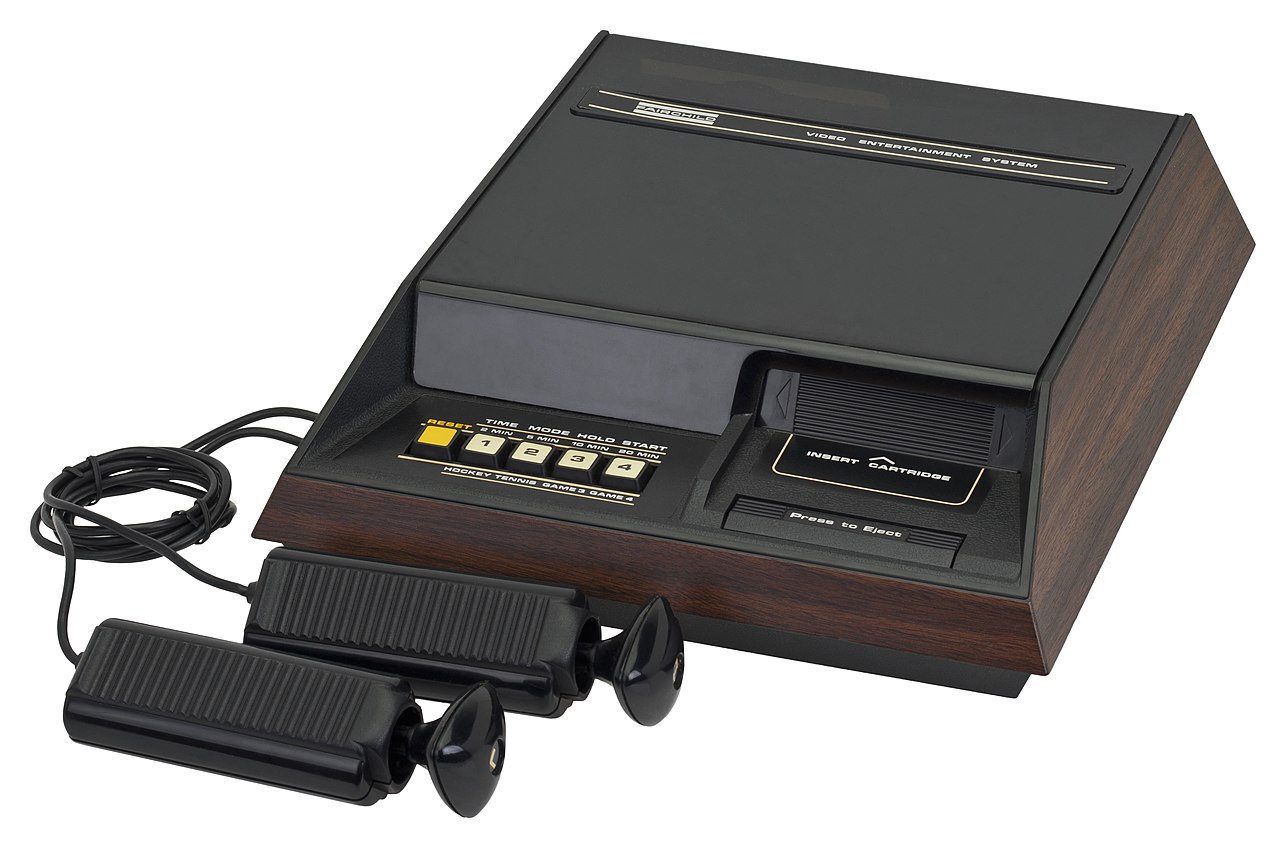If you’re familiar with the history of slots, you might know that Charles Fey invented the first mechanical “Liberty Bell” machine some 120 years ago. By comparison, the history of video games may seem less fascinating, but nothing could be more wrong.
The history of video games can be traced back to the 1950s when computer scientists began creating video simulations. Video games evolved gradually from this period and by 1960, the earliest versions of 3D tic-tac-toe and Moon Landing were available. The progression in the development of video games is connected to the development of computers. Two decades later, in the 1970s and 1980s, video games such as arcade games were introduced to the public. Around this time, video game consoles were introduced. These consoles utilized joysticks and some controllers in facilitating gameplay. This was a much fashionable and relaxing way of playing video games. The basis of modern video games still utilizes video game consoles although in a much-optimized form.
Video games have come a long way from the earliest versions of what exists nowadays and have evolved to accommodate a synchronization of gaming and gambling. Video casino games allow the prospect of professionally monetizing video gaming activities with game offerings that allow players to earn money. Below is a history of video games through their nascent years to the modern era.
First Generation Video Consoles
In 1952, professor A.S. Douglas developed a game called tic-tac-toe as part of his doctoral dissertation when he was a postgraduate student at the University of Cambridge. However, the first generation of consoles was produced in the 1970s. The first home video console was named Magnavox Odyssey and it was launched in 1972. This video game used analog circuitry as analog television was what was in vogue at the time of its production. Although designed as a digital console, the Magnavox Odyssey had an analog game controller. Video games produced in the first generation did not feature a microprocessor but they used discreet logic circuits which had different elements of the game encoded therein.
Second Generation Video Consoles
The second generation is the period from 1976 to 1992. It was an important era in the history of video games as it witnessed the introduction of handheld video game consoles which was an improvement in the games developed in the first generation. This era is also known as the golden era of arcade games. The first console video game released in the second generation is a game known as the Fairchild Channel F and it was also the first CPU-based video game produced. The game came with a pause feature which allows the player to pause the gameplay at will. This feature ensured that players could take a break during the gaming session without having to wait till the end or end of the game.

Third Generation Video Consoles
This is known as the 8-bit era. Video consoles in this era came with enhanced visual and sound qualities. A focal point of this generation was the introduction of cartridges with the capacity to save their progress as they played the game.
Fourth Generation
The fourth-generation era span from 1987 to 1999 and it was the era that introduced 6-bit models into video gaming. The reign of the second generation arcade games began to wane and the development of 3D video games began.
Fifth Generation
The video games produced within the years between 1993 to 2006 are known as the fifth-generation video games. This was also the era that saw the introduction of 32 and 64-bit units. This era also witnessed the transmission of video games into mobile phones.
Sixth Generation
The sixth generation of video games referred to the games developed within a period of 8 years (1998–2006). This period witnessed the introduction of online gaming. The implication was that players no longer had to be confined in a definite geographical location to compete against one another; they could compete virtually so far as network connection was available.
Seventh Generation
The seventh-generation could also be referred to as the motion games era. The use of cinematic graphics was introduced. Cloud computing in video games began during this era. This era gave birth to the huge development and is credited to high graphics, advanced gameplay, and next-level consoles that have advanced specifications and capabilities.
Eighth Generation
This is the modern era of video gaming where high-end consoles such as Sony PlayStation 4, Nintendo 3DS. Thanks to technology, more and more games are being published and fans can subscribe and indulge their gaming fantasy.
Video games have gone through a lot of development in the past decades. It has grown to become a multi-billion dollars industry. However, there is still more room for development. Thanks to technology, such innovations as AI and virtual reality have been incorporated into gaming and this would help boost the users’ experiences.
As long as technology continues to evolve, video gaming will likewise follow the same progression. The demand for video games is likely to remain high especially among the youths. Hence we can expect some entertaining additions to the gaming titles.






 Your total news and information resource for all things Science, Technology, Engineering / Mathematics, Art, and Medicine / Health.
Your total news and information resource for all things Science, Technology, Engineering / Mathematics, Art, and Medicine / Health.
Leave a Comment